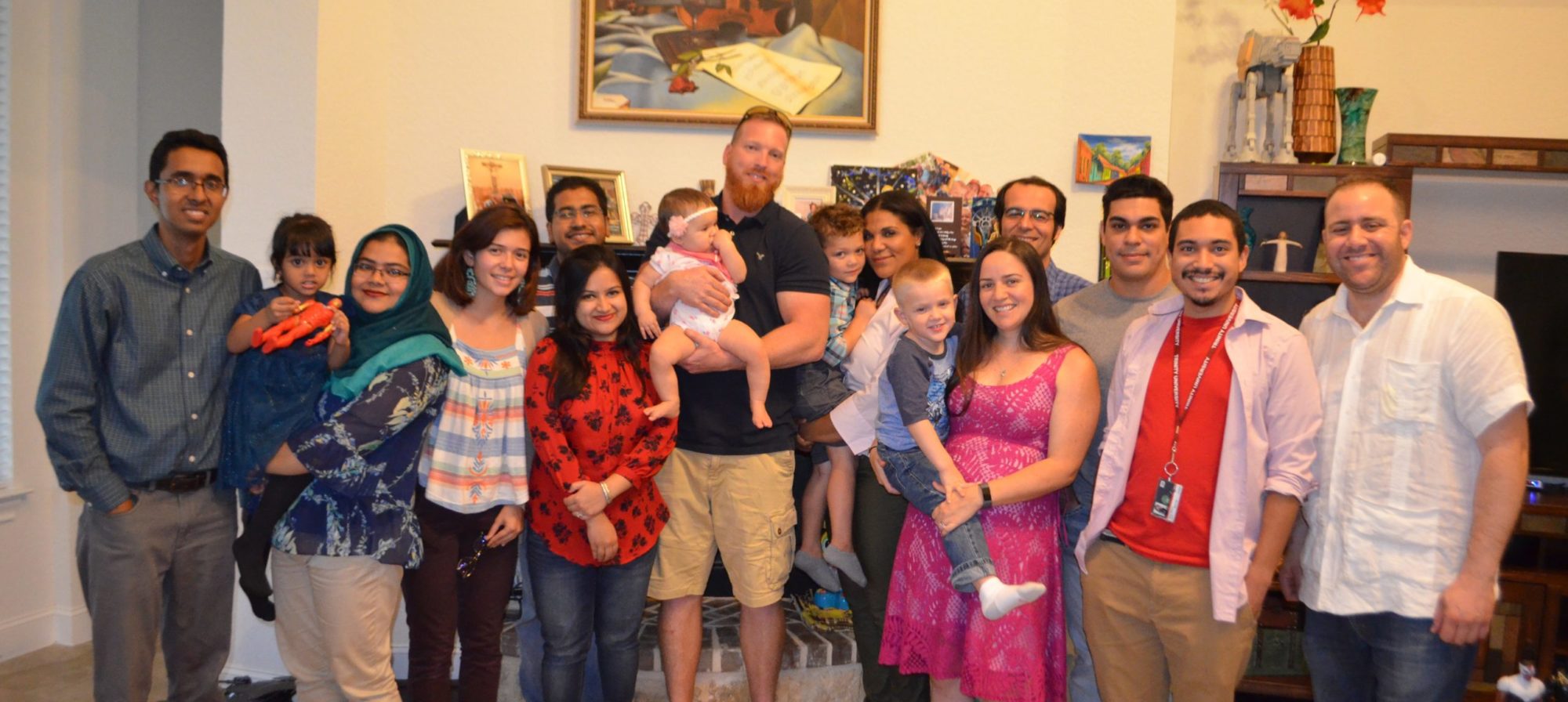This investigation seeks to correlate changes in the surface film composition (studied in-situ) of corrosion resistant alloys (CRAs) to electrochemical behavior at high temperature (HT) and high pressure (HP) utilizing surface enhanced Raman spectroscopy (SERS). These conditions are unique to downhole applications, for which there is a lack of understanding relating surface film composition and corrosion (including environmentally assisted cracking, EAC). This project is being performed in collaboration with Southwest Research Institute SwRI.
In an effort to gain a better understanding of the mechanism of chloride induced Stress Corrosion Cracking (SCC) in downhole applications, we have recently begun to use a novel experimental methodology to investigate the relationship between surface film composition in high pressure high temperature H2S containing environments to electrochemical behavior and ultimately cracking utilizing in-situ Surface Enhanced Raman Spectroscopy. We are collaborating with the renown scientists from the world-class facility of Southwest Research Institute to leverage our current capabilities with state-of-the-art HTHP H2S facilities. This understanding may provide insight into the development of corrosion resistant alloys and material selection for anodic SCC mitigation in downhole application.
August 2016


